Aquatic methane is emerging as a primary cause of climate changeGaia could be humming a tune called “We’ve been here before, folks!” She could be crying tears of frustration, but probably not. After all, this planet has been around for some time, during which climatic shifts have happened. One event, which we humans refer to as the Great Permian extinction event, saw 94% of species die out. That one occurred over the course of 300,000 years, though. Plenty of time for the species in question to have prepped for their demise. Not so right now.
1 Comment
The climate change we are currently experiencing is simply a trigger.
The same deoxygenation of water phenomenon has happened before, during Earth’s most extreme extinction event…the Great Permian Extinction, during which Earth’s atmospheric temperature increased by 10C and 96% of species were lost. We are on this same extinction path now, only we are approaching it at a vastly faster rate than during the Permian. Here’s a quick summary:
Here is a short overview of the primary sources of methane. Some of these are relatively stable, long-term, but biogenic methane is increasing at an alarming rate.Scientists haven’t proven “why”, but here are my explanations that I’d like you to consider.
I'm grappling to find meaning in the sudden death of my three-year-old dog
Prevention of BIOGENIC METHANE From Water, A Leveraged and Fundamental Form of Climate Action9/13/2022 Methane is the climate change leverage point. And methane that is generated biologically, instead of over eons like oil and gas methane, has been growing exponentially. And no, this is not about “cow burps". It is about nutrient impaired water - more than half of all freshwater around the world.Just a few years ago, no one on the Floating Island International (FII) research and development team was focused on methane. Instead, we were all oriented around prevention and mitigation of harmful algae blooms and associated freshwater nutrient impairment issues. The team was unaware of the volume of methane that nutrient impaired water emits. Since then, science rolls on, and strong science has resulted in a growing awareness. What we have learned is critical to human effort to prevent a disastrous level of climate change.
BIOGENIC METHANEClimate Science is evolving at a furious pace. Science doesn’t care about human politics either way…but if humans are going to sustain on this tiny planet, we need objective, data based facts to base environmental policy on. And we need specific, leveraged climate action to stay within any kind of realistic and achievable goal. Consider that the gap between the science around biogenic methane and mainstream awareness, in the case of biogenic methane, has been approximately fifteen years. Even now, 95% of environmental journalists cannot talk intelligently about biogenic methane, so the reality is likely closer to twenty years, two decades. Then “industry” has to gear up. Allow another five years for this. So two and a half decades, roughly, for humans to begin to address what may be the most “effective” form of climate action available and vulnerable to human initiative.
FII is targeting methane emission reduction. It happens that nutrient impaired freshwater is the single largest source of methane emissions occurring today…about 2.5 times more methane comes off eutrophic water than all of the methane released by the Oil and Gas industryAs CEO of an environmental service company that works with water, I am responsible for managing Floating Island International’s (FII) health. Essentially, my primary job is to keep FII out of the weeds. The company offers solutions around a range of water quality parameters including:
Very few of us are doing anything substantive about climate action. This is the simple and clear truth. Most of us are entirely ineffective and clueless regarding actual climate action. This is about to change.Tomorrow, as in “during 2022”, many tens of thousands of water stewards will have a new ability to act. They will be able to prevent tons of methane. Nutrient impaired water that currently generates methane in the absence of oxygen will be eligible for valuable credits. Water stewards who act now by verifying their current methane emissions will make money while reducing a most potent greenhouse gas. We will all benefit from their “action.” While they make money, climate change will be moderated, as methane coming off impaired water is the world’s largest source of methane.
Half of global methane emissions come from highly variable aquatic ecosystem sourcesJust a week ago some thirty countries, including the U.S., committed to reducing methane emissions by half between now and 2030. The commitment is based on limited data regarding “sources” of methane. The usual suspects, like methane being flared off natural gas wells, are primary targets. But the actual, largest single source of methane, isn’t being factored in. It is aquatic ecosystems, fresh water systems throughout the planet, including the freshwater lakes we hold so dear for our drinking water and recreation.
What will it take to reverse the pandemic downward spiral of eutrophication that otherwise results in HABs and methane?
Start with the premise that natural systems are fully capable of fixing your water.
We are pleased to announce that FII has been selected for a Dept. of Energy SETO Phase One SBIR grant award. The grant’s purpose is to develop and test a technology that will oxygenate nutrient-impaired water in off-grid settings.
When organic material, such as leaf litter, breaks down in water, the muck that accumulates breaks down slowly and can easily generate methane if the water doesn't have enough oxygen.
In the current climate emergency, fish are the marker. If we can keep them alive and well, we have hope.
Water is a new realm for climate action and represents a relatively easy fix, following nature's modelAs climate action finally begins in the United States in earnest, leaders face a maze of choices. The data keep coming in, and shifting, and sometimes changing. An example: methane is 21 times more impactful than carbon dioxide, per our EPA. Yet other credible and science-based entities state it’s 67 times more impactful, or 89 times. The fact that methane does not sustain in our atmosphere the same length of time as carbon dioxide does complicate quantifying its impact. We long for the day we can rely on data based on factual, empirical, nonpolitical science.
A functional wetland, up watershed from a lake, can spell the difference between a healthy lake that’s resistant to Harmful Algae Blooms, and a lake that is both vulnerable to HABs and on its way out.
Fishing for bass among BioHavens is an exciting strategy for algae reduction on Fish Fry Lake
A Step Towards Paradise... How Do We Build On Nature's Model and Create Beauty and Abundance?5/13/2021 Manmade nutrients are being unleashed against water at pandemic volumes. We have no choice but to fix this, unless we are prepared to dig our own graves. The benefits outweigh the costs.
Floating Islands Help Fish Grow and Prevent Algae from Growing
We must maintain aerobic conditions top to bottom in our freshwater settings. When we do this, we are rewarded with super abundance. When we don’t do this, we experience an anaerobic nightmare of decline
Manatees in Florida feed on coastal seagrass, a species at risk from phosphorus surge
On one occasion, ironically, in Clear Water, Florida, I experienced their passive and gentle presence. Unequivocally, the nuances around their life model require hard science. But it seems like, today at least, human political divisions are being superseded by the manatee. We are putting political division aside, in order to save a remarkable species.
The Popularity of Floating Solar Makes the Possibility of Cleaning Up Water Real
Nature-as-model, biomimicry, is the gentle arm-twister that pulls us towards sustainability
In a confused floating solar market, BioHavens offer a ray of hope for water quality that makes floating solar feasible and sustainableToday the nascent FPV (Floating PhotoVoltaics) market is confused. As China surges ahead, as France leverages the aggressive marketing efforts of Ciel et Terre (a provider of FPV), in the U.S., remarkable opportunities to develop sustainable solar projects are being missed. Italy has actually banned development of floating solar on reservoirs…truly a remarkable and confusing policy in light of the negative impact on alternative energy development by serious players like ENEL. Especially today when there is an emerging floating solar platform option that will enhance water quality.
|
AuthorWrite something about yourself. No need to be fancy, just an overview. Archives
August 2023
Categories
All
|

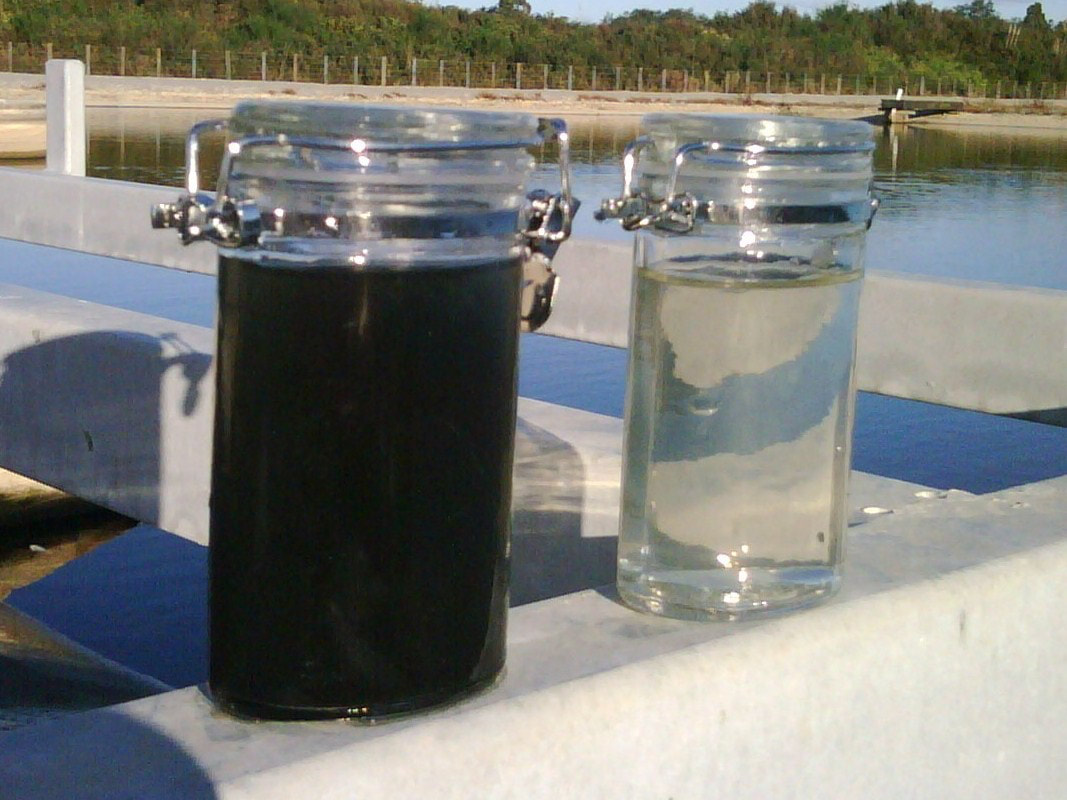
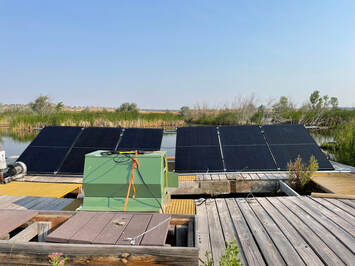
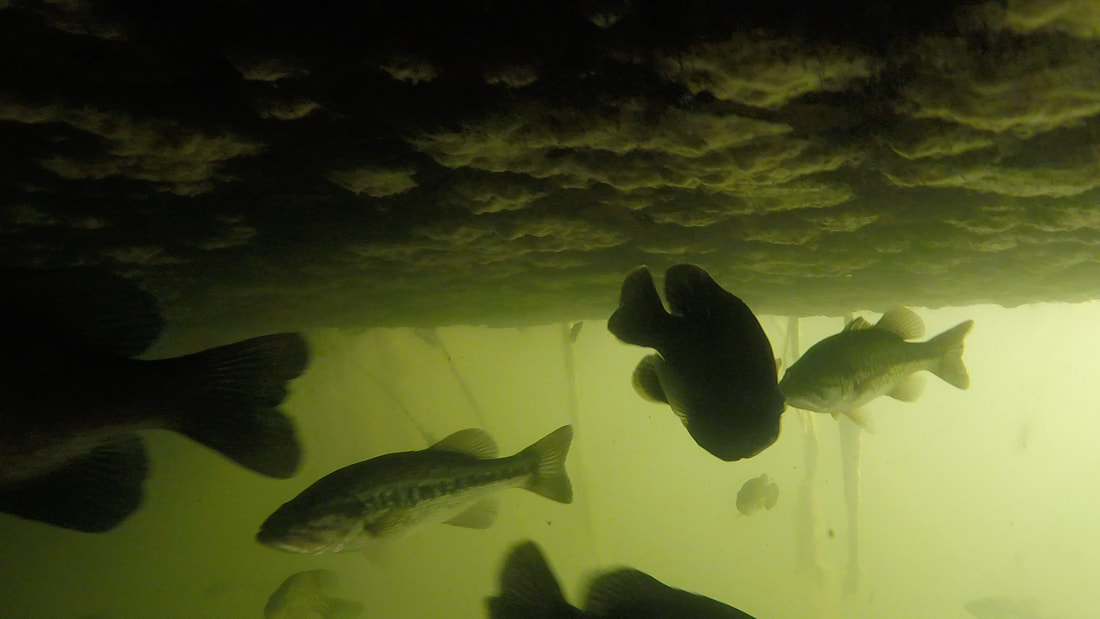
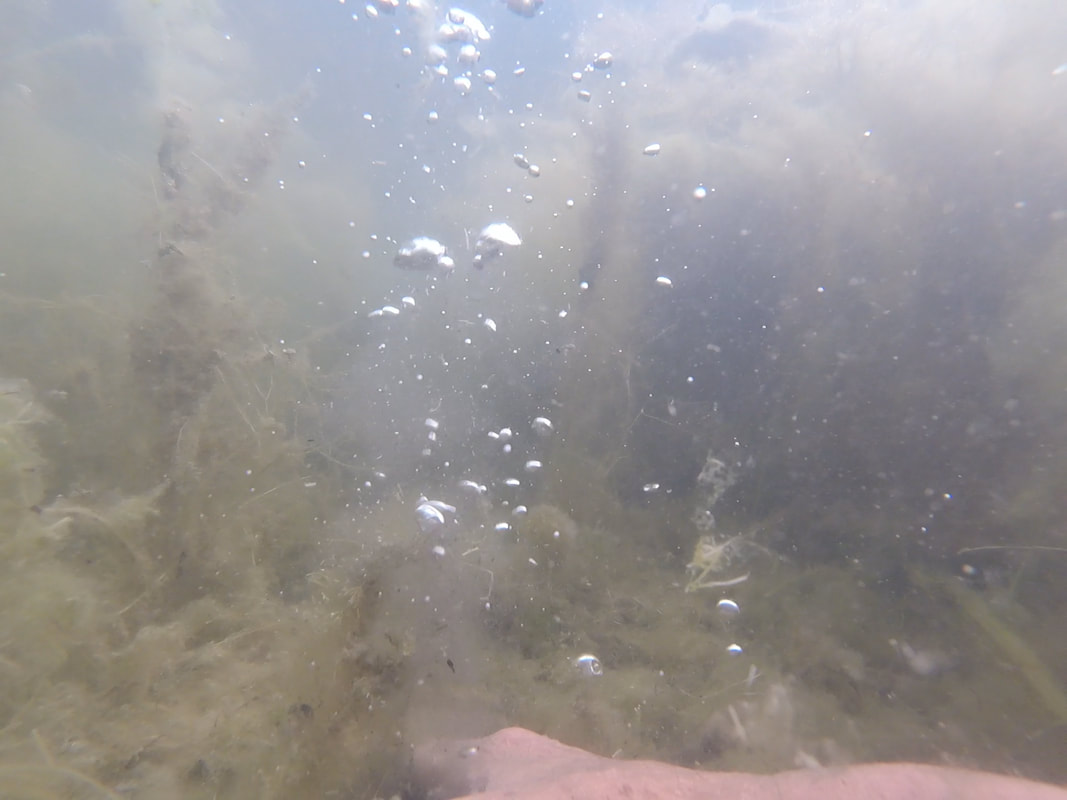
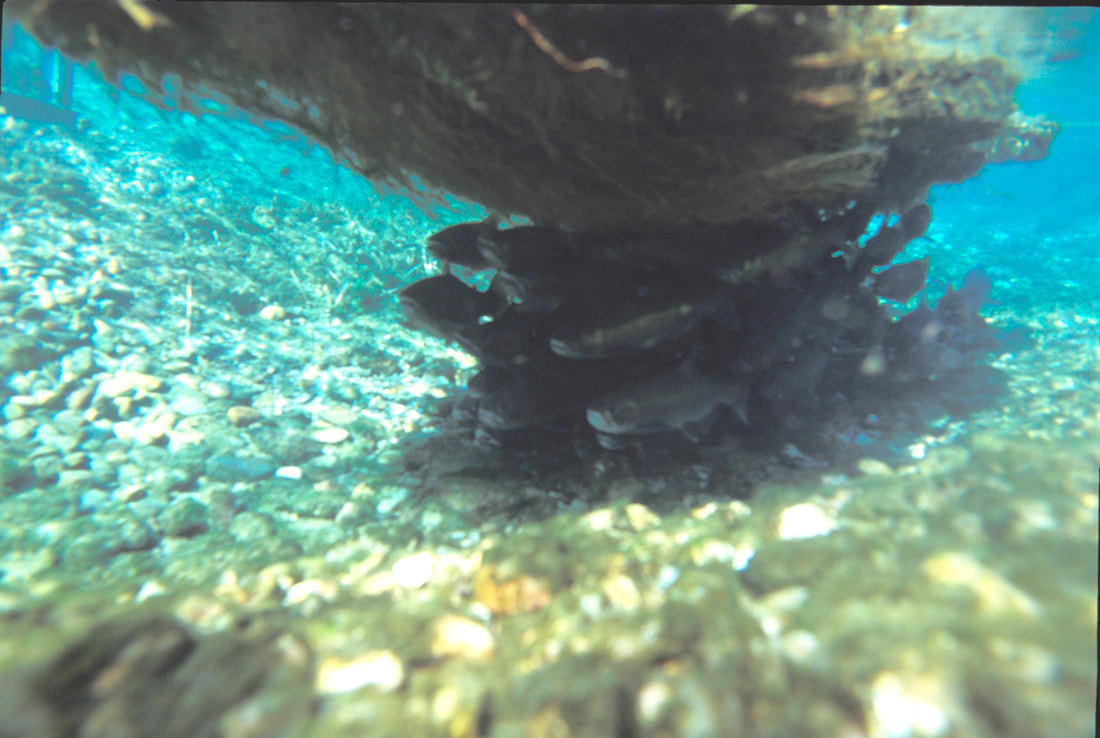
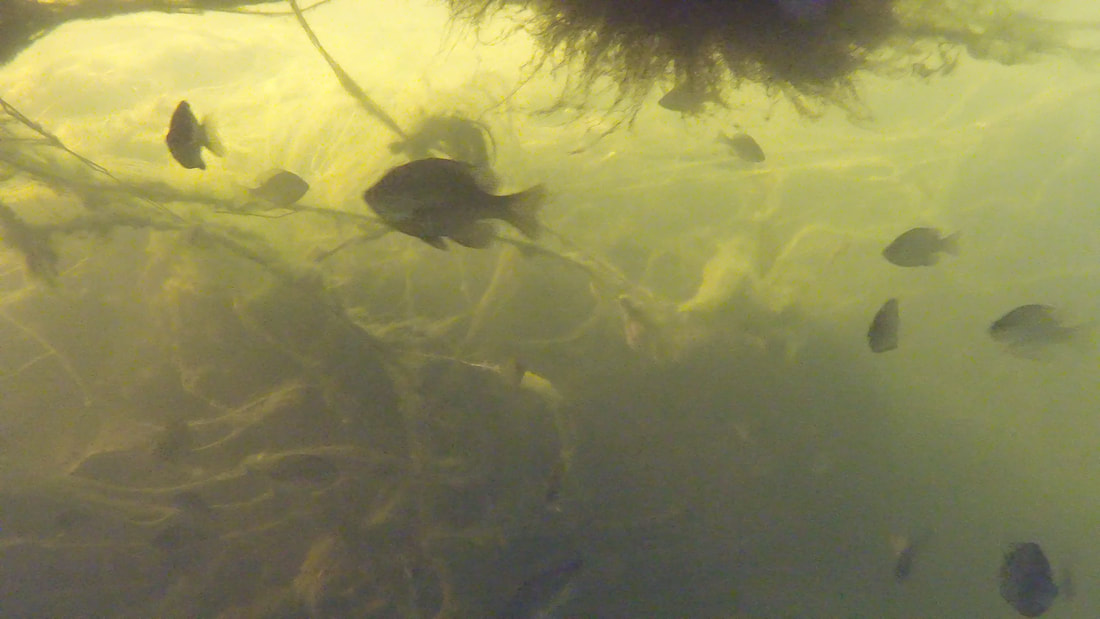

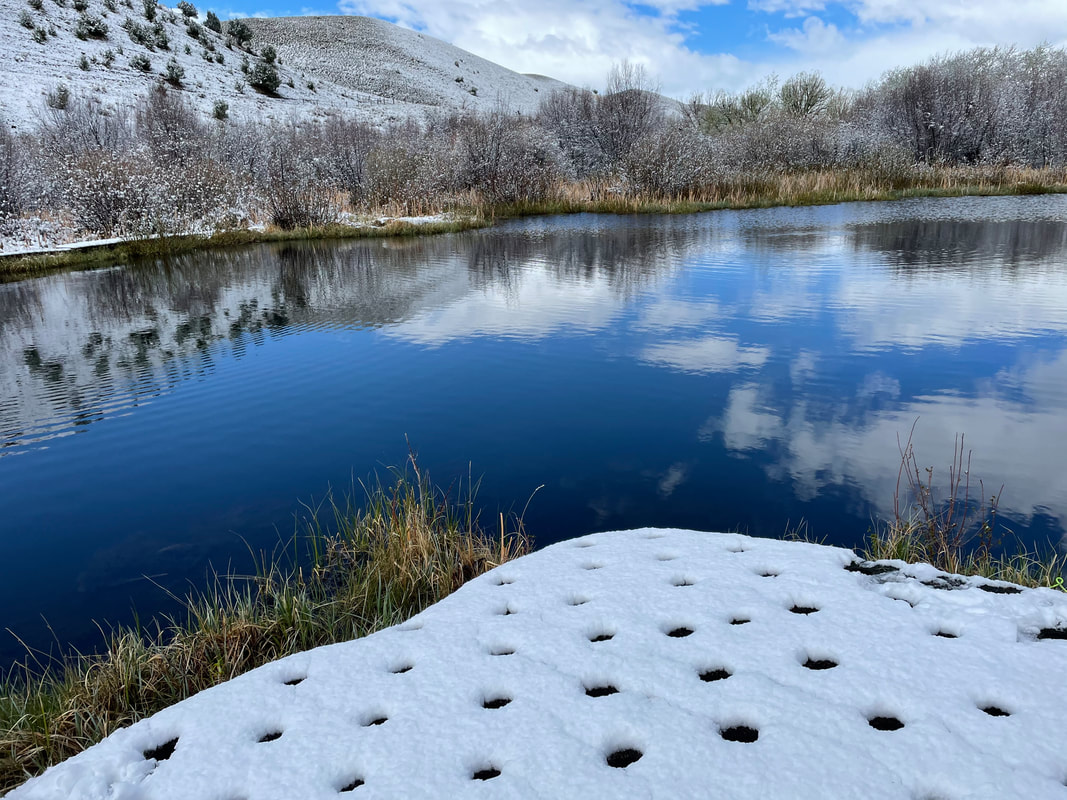

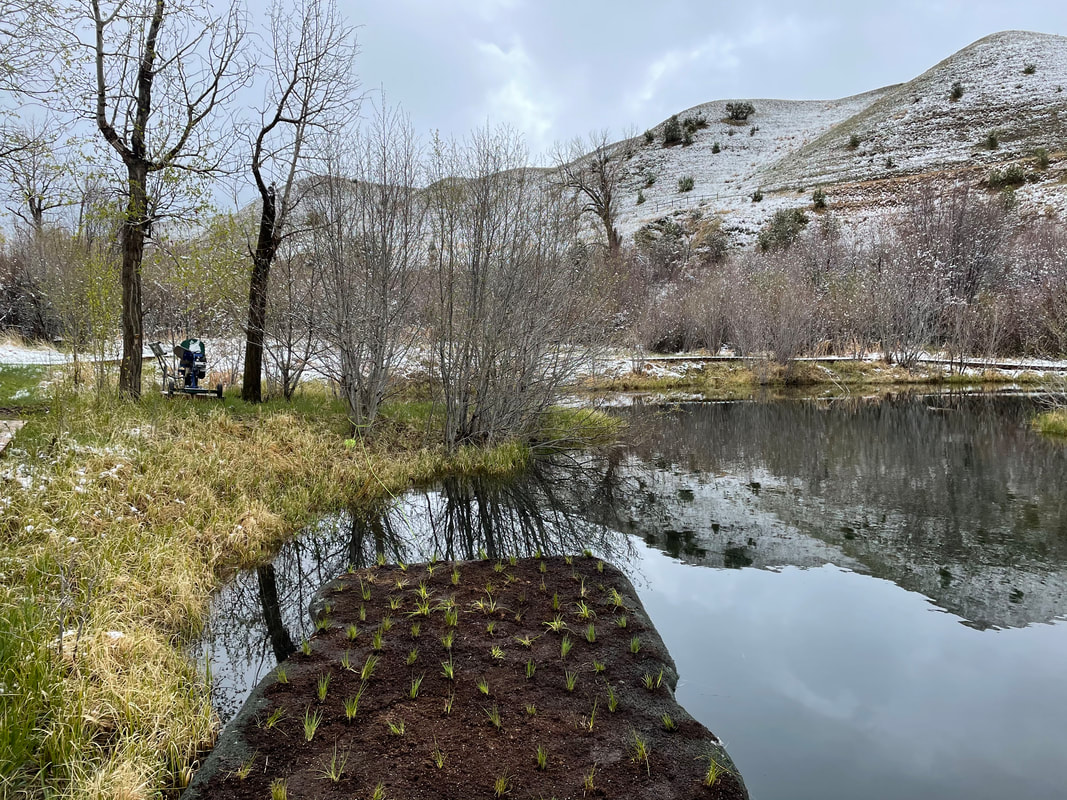
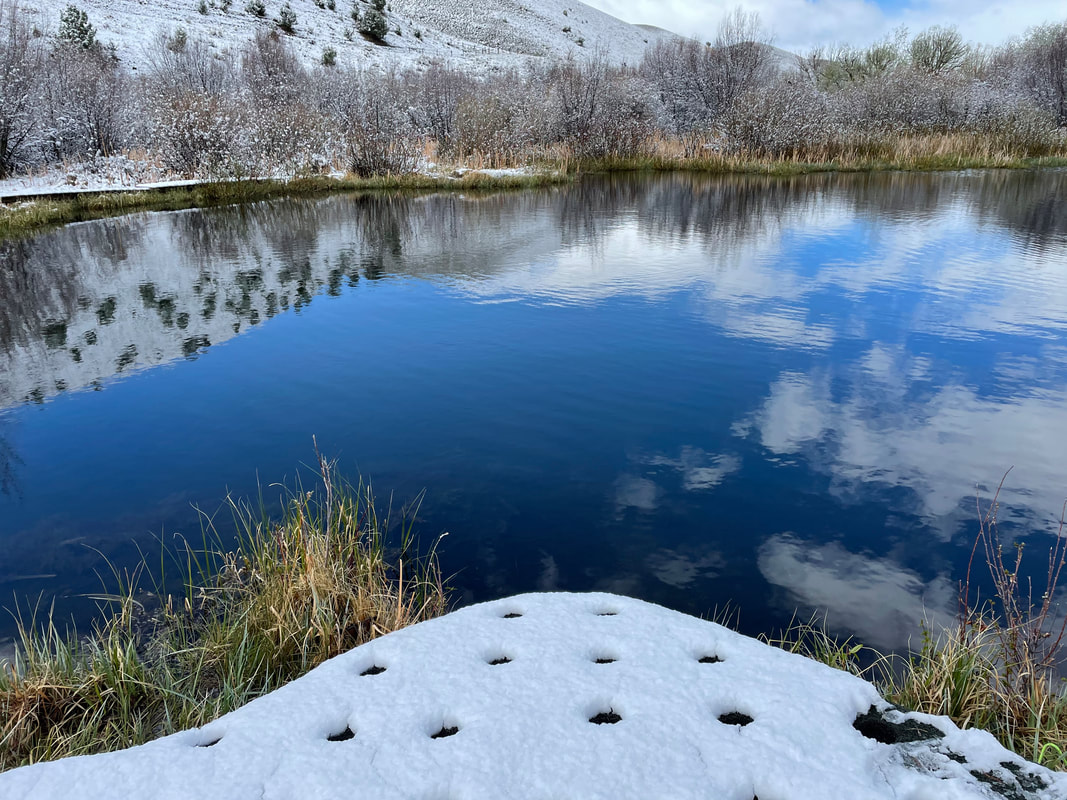
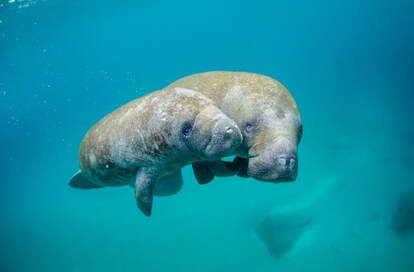
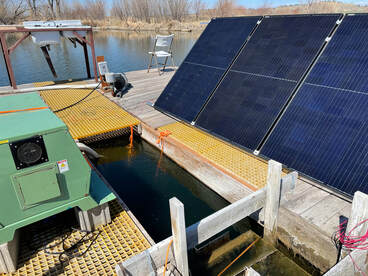
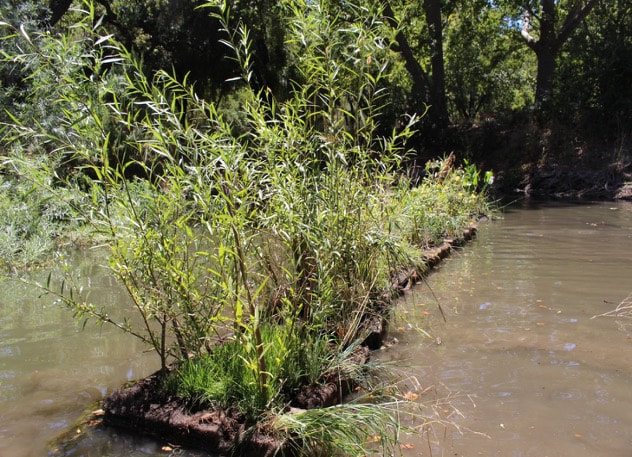
 RSS Feed
RSS Feed